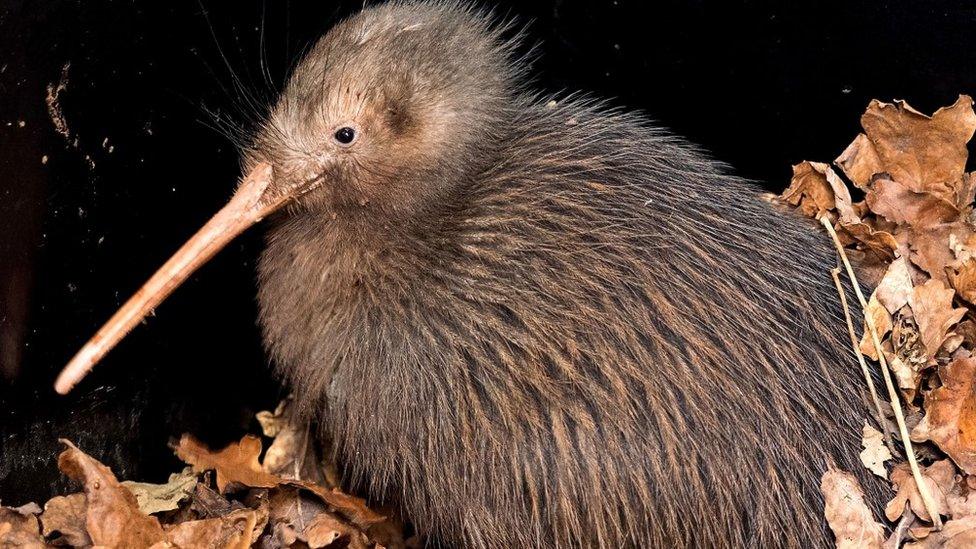New Zealand's plan to save the kiwi
- Published
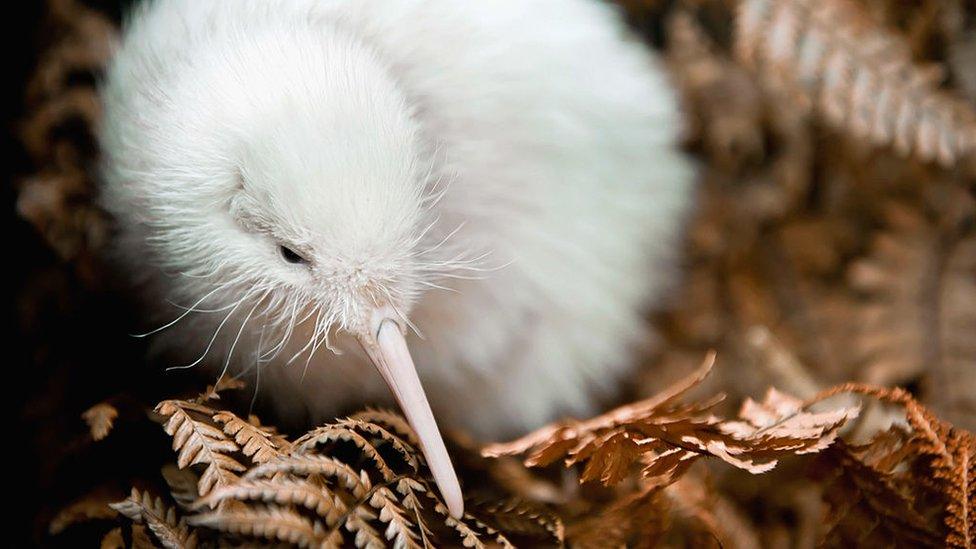
The race is on to save New Zealand's national icon
Some 100,000 wild kiwi could be roaming New Zealand in less than 15 years, according to a new government plan.
The Kiwi Recovery Plan 2017-2027, external by the Department of Conservation is an attempt to scale up efforts to New Zealand's national icon.
Kiwi numbers have been falling at around 2% a year, largely due to predators such as stoats and dogs.
Once numbering in the millions, there are now only an estimated 68,000 kiwi remaining in the wild.
"This government is not prepared to accept that our national bird is at any ongoing risk of potentially becoming extinct in their natural habitat," said Conservation Minister Maggie Barry.
So what exactly is the plan?
"This strategy focuses on growing the wild kiwi population, rather than steadying or managing decline," added Ms Barry.
As well as increasing numbers, the plan will also restore the birds' formerly safe habitats.
"It is possible to bring kiwi back from endangered to everywhere," says the report.
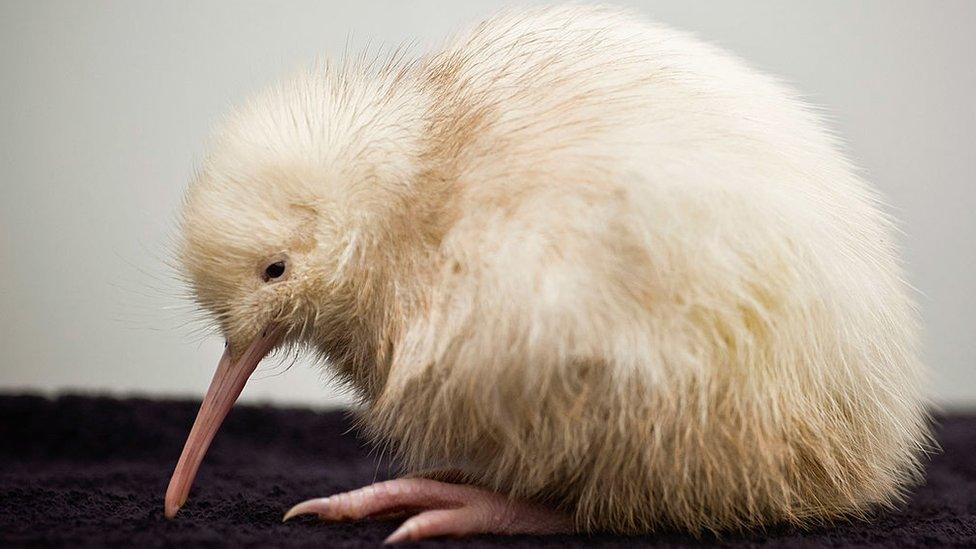
An estimated 68,000 kiwi remain in the country which was once home to millions
Success lies in managing kiwi predators.
Dogs are one of the biggest threats, with a single dog capable of setting back years of conservation work in an area.
"If kiwi don't have the predators managed, something like 5% of the chicks born every year make it to adulthood a year later," Forest and Bird campaigns and advocacy manger Kevin Hackwell told news outlet Newshub.
"That can be almost reversed completely if you control the predators."
Stoats are another threat to kiwi, responsible for approximately half of kiwi chick deaths on the mainland.
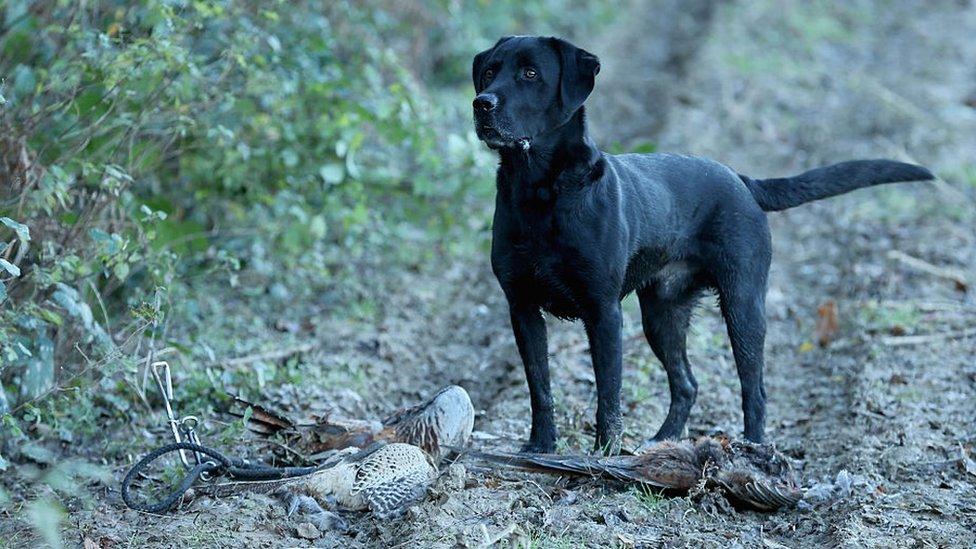
Dogs are one of the biggest threats to kiwi
Currently, humans intervene by taking kiwi eggs, incubating them and rearing them in captivity before releasing them into the wild.
But this strategy is "expensive and very labour-intensive", according to Mr Hackwell.
"The goal is seeing our national bird being healthy out in the environment, not having to be kept behind fences or anything," he said.
The plan also ties into the government's Predator-Free 2050 plan which aims to rid the country of possums, rats and stoats.

Factbox: The kiwi
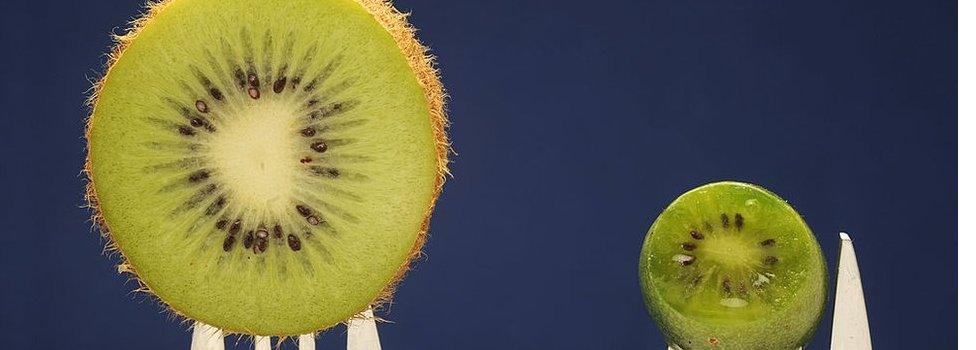
No, not this one
There are five different species of kiwi altogether: Brown kiwi, Great spotted kiwi, Little spotted kiwi, Rowi and the Tokoeka.
They are flightless and about the size of a chicken.
Females lay the largest egg in relation to body size of any bird in the world, which can be up to a quarter of their own body weight.
They are nocturnal and commonly dwell in forests.
Which came first - the kiwi or the kiwi? The bird had been known as the kiwi for some time before the fruit, originally known as the Chinese gooseberry, was imported to New Zealand. Local growers started calling it "kiwifruit" when exporting and the name stuck.
A kiwi with laser eyes almost made it on to the country's next flag when it opened up designs for its national flag to a public competition

Who is paying for this?
The government has set NZ$11.2m (£6.33m; $8.10bn) aside for kiwi conservation, but a shortfall of NZ$1.3m still remains each year.
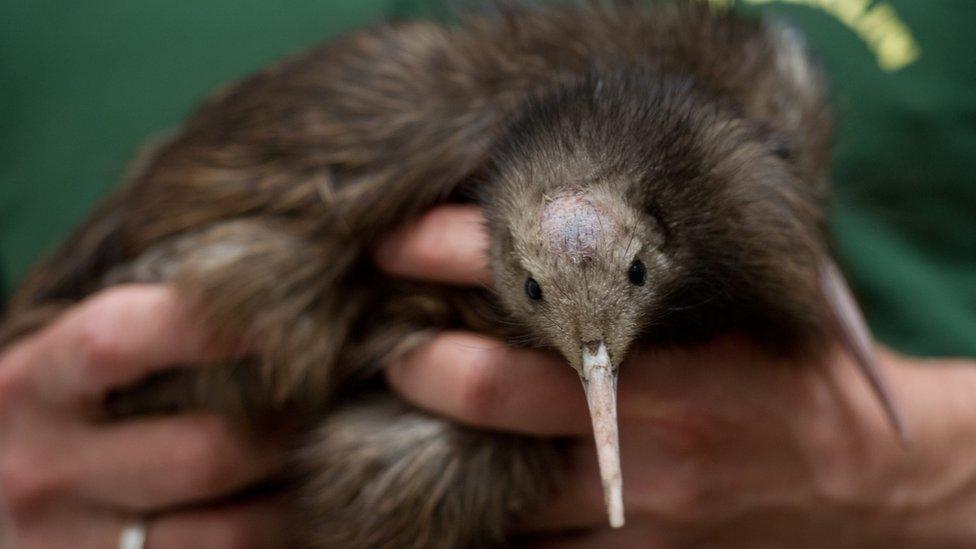
There are five different species of kiwi: Brown kiwi, Great spotted kiwi, Little spotted kiwi, Rowi and the Tokoeka
This will primarily be funded by national charity Kiwis for kiwi.
The Green Party, however, says the programme should be funded by the government, not left to charities.
"The government could easily pay the $1.3m it is asking charities to pick up," said Green Party conservation spokesperson Mojo Mathers.
"The kiwi is our treasured national bird - the government should not be leaving its survival up to charity or chance."
The public are being invited to have their say on the kiwi protection proposals before the end of January next year.
- Published7 April 2016
